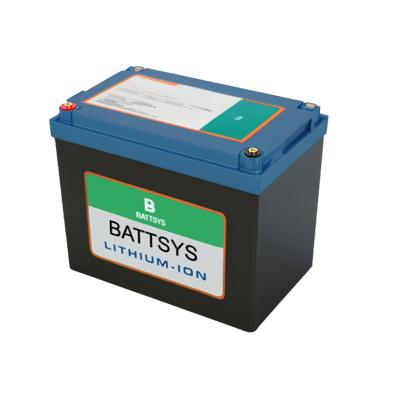What is lead-acid battery? What is the difference with lithium batteries?
This article mainly introduces lead-acid batteries and their differences from lithium batteries.
Lead acid battery
Lead acid battery is a type of battery where the electrodes are mainly made of lead and its oxides, and the electrolyte is a sulfuric acid solution. In the discharge state of lead-acid batteries, the main component of the positive electrode is lead dioxide, and the main component of the negative electrode is lead; In the charging state, the main component of the positive and negative electrodes is lead sulfate.
 lithium battery
lithium battery
Lithium batteries are a type of battery that uses lithium metal or lithium alloy as the negative electrode material and non-aqueous electrolyte solutions. Lithium batteries can be roughly divided into two categories: lithium metal batteries and
lithium-ion batteries. Lithium ion batteries do not contain metallic lithium and are rechargeable.
The difference between lead-acid batteries and lithium batteries
1. Cycle life
In terms of lifespan, lithium batteries generally have a lifespan of 1200-2000 cycles, which is much higher than lead-acid batteries with a lifespan of 500-900 cycles.
2. Energy
In terms of energy, lithium batteries with a capacity of 150W · h/kg outperform lead-acid batteries with a capacity of 40W · h/kg.
3. Volume weight
In terms of volume and mass, lead-acid batteries generally weigh between 16-30 kilograms, while lithium batteries weigh around 2.5-3 kilograms, which is equivalent to one-third to one-quarter of lead-acid batteries. In terms of weight, lithium batteries have an absolute advantage. Small weight leads to small volume, and the volume of lithium-ion batteries is two-thirds of that of lead-acid batteries. This also leads to higher transportation costs for lead-acid batteries compared to lithium batteries.
4. Durability
Lead acid batteries have a memory effect and a lifespan of about two years, with deep charging and discharging up to 300 times. And it is necessary to replenish the liquid within a certain period of time. Lithium batteries have strong durability, slow consumption, can be charged and discharged more than 500 times, and have no memory, with a general lifespan of 4-5 years.
5. Battery capacity
The capacity of lead-acid batteries is about 20 amperes; The capacity of lithium batteries is 8-10 amperes.
6. Environmental protection
Lead acid batteries are prone to pollution, while lithium batteries are relatively green and environmentally friendly.
7. Cost
Under the same voltage and current conditions, the cost of lithium batteries is much higher than that of lead-acid batteries. Moreover, the maintenance cost of lithium batteries is much higher than that of lead-acid batteries.
The above is the difference between lead-acid batteries and
lithium batteries brought to you by lithium battery manufacturer BATTSYS.
